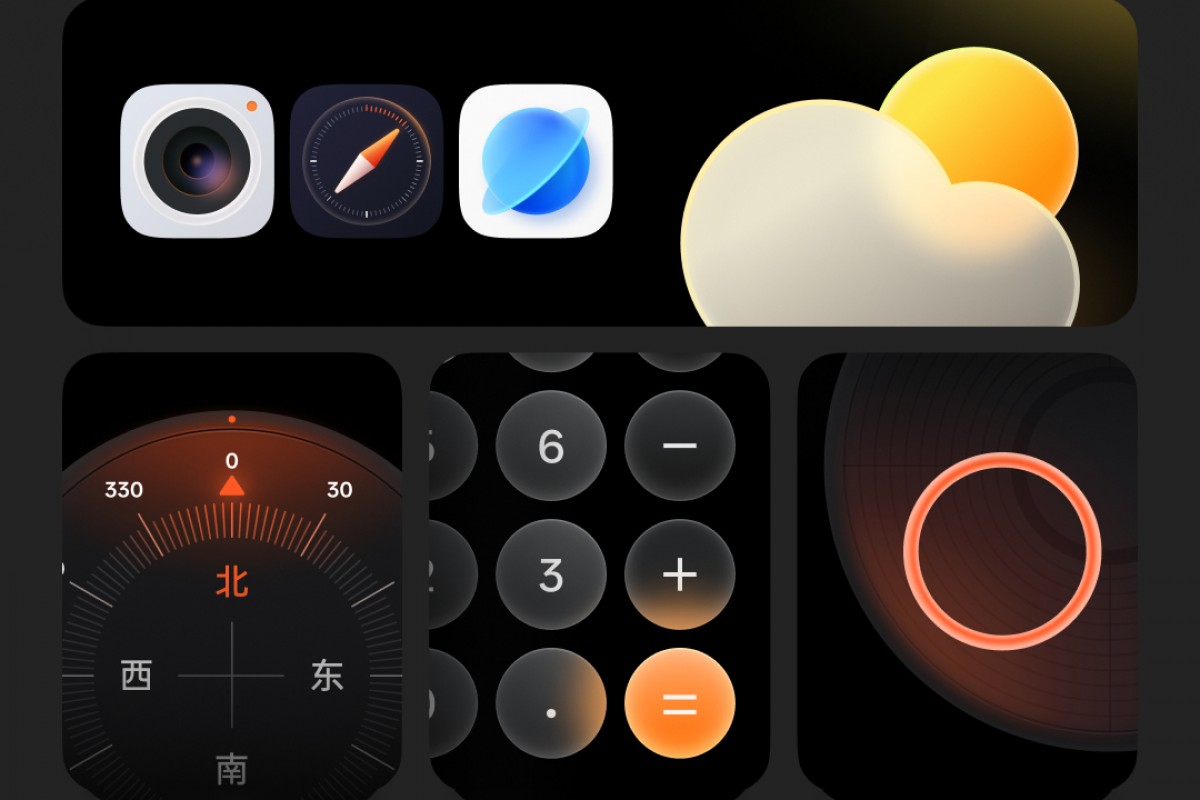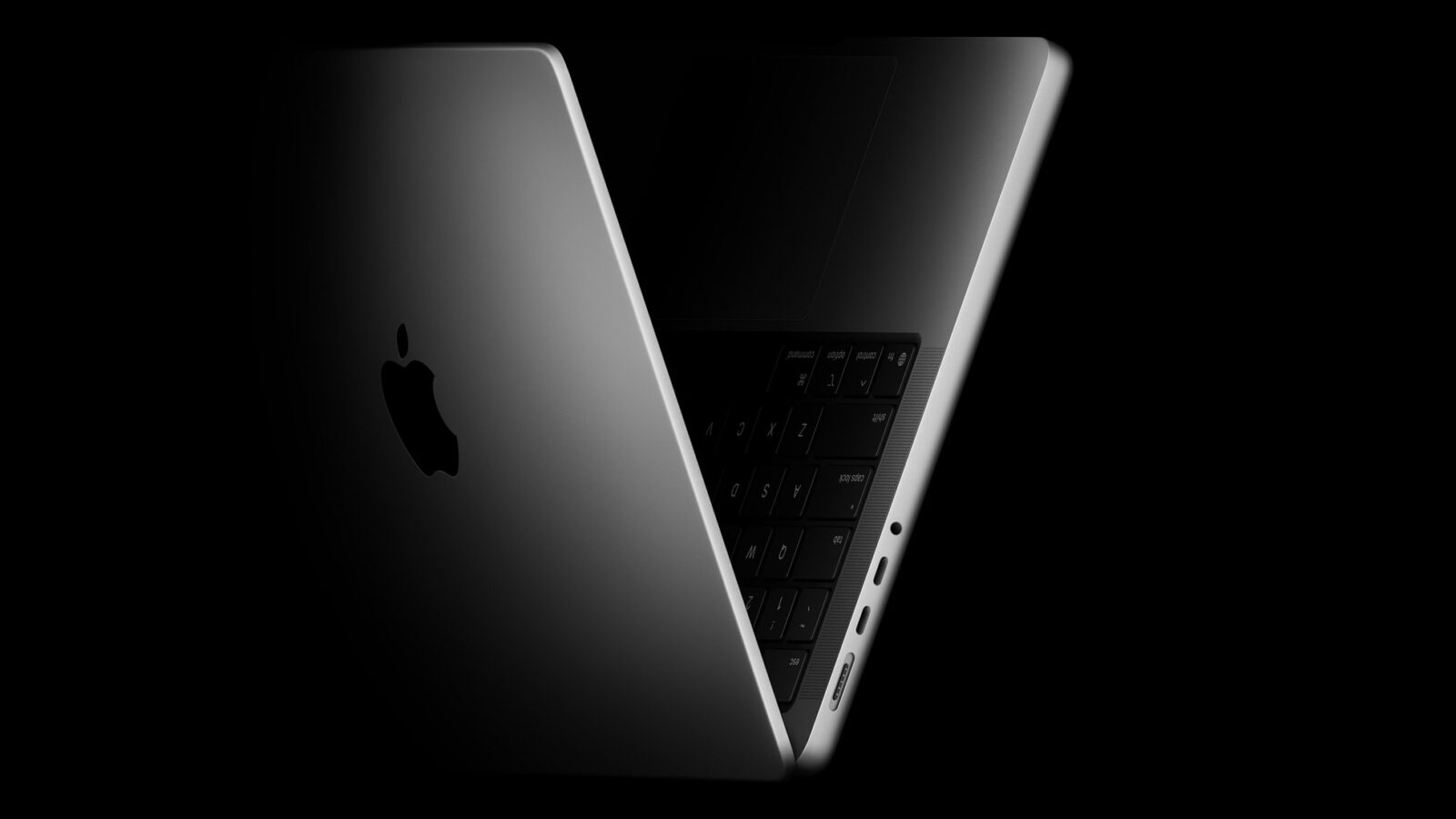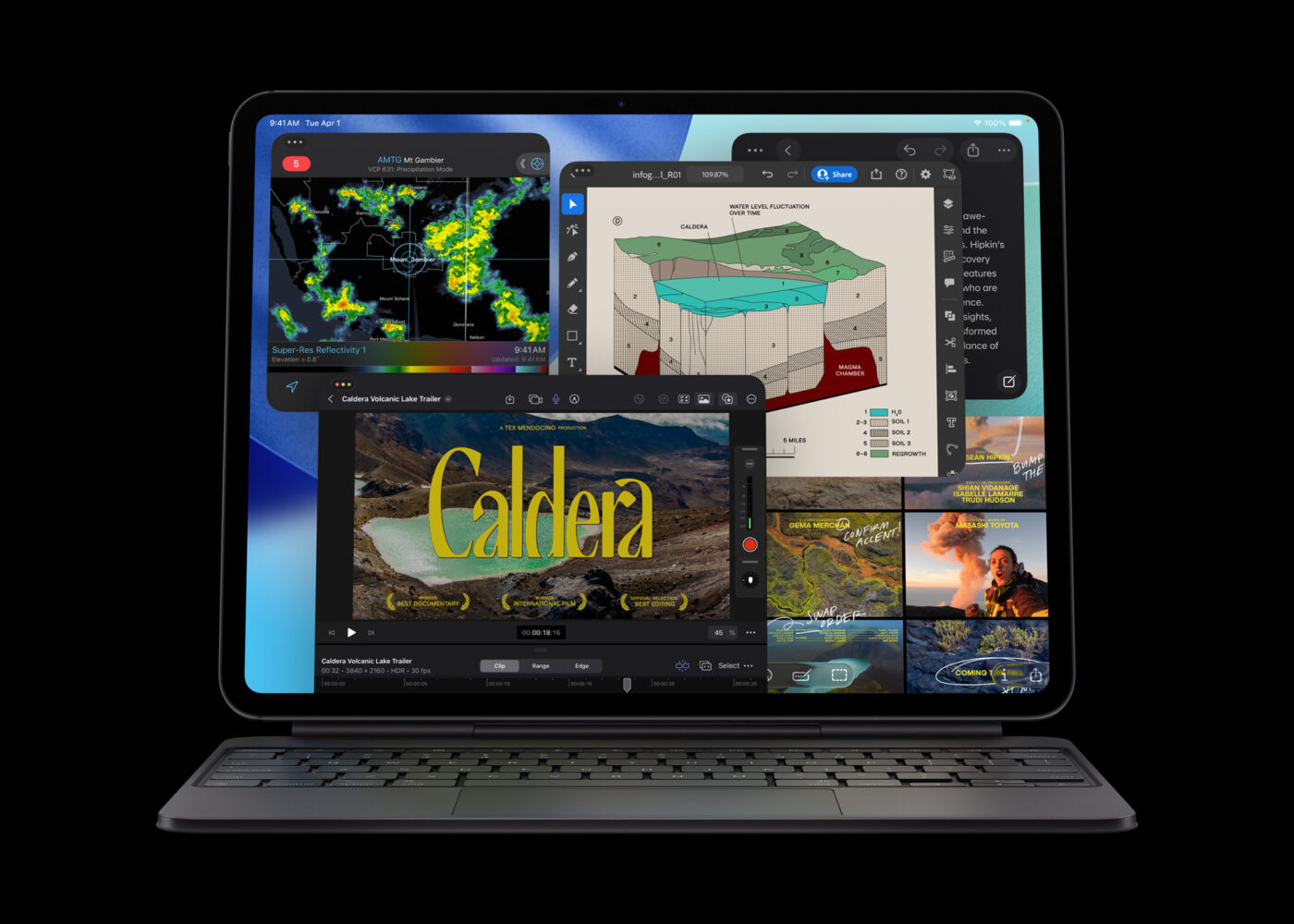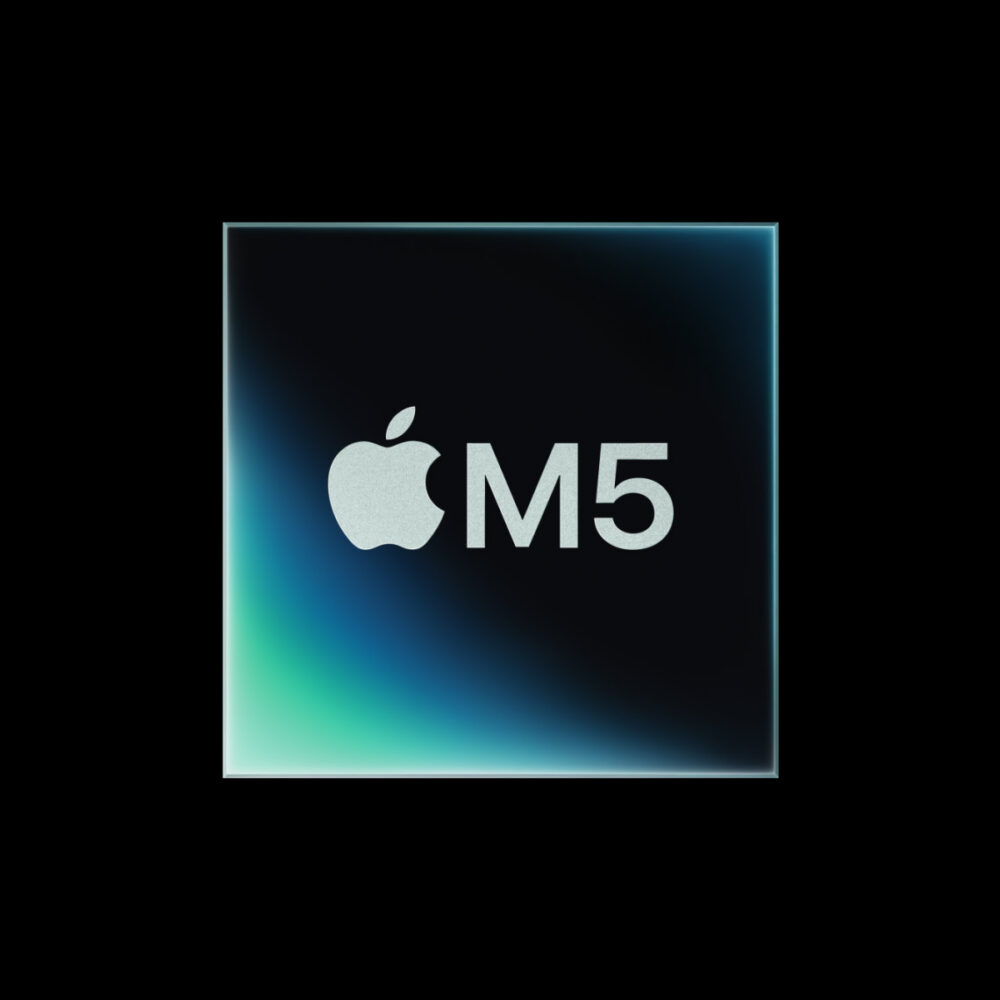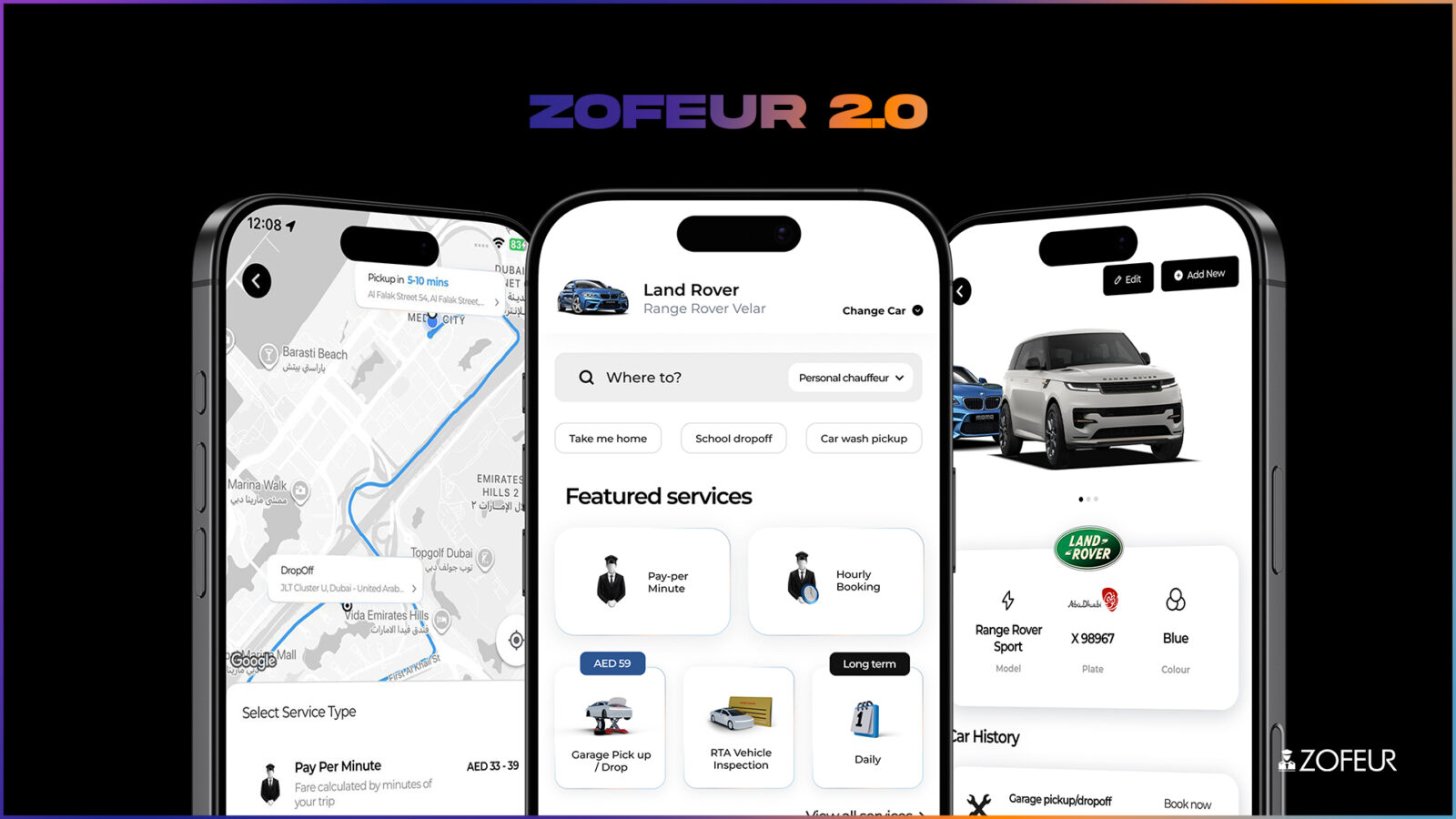Oppo has officially unveiled ColorOS 16, the latest version of its custom Android interface, featuring a refreshed design, faster performance, and new AI-powered tools. The update will debut globally with the Oppo Find X9 series launching tomorrow, before gradually rolling out to older Oppo models in the coming months.
ColorOS 16 introduces a reimagined visual style inspired by natural light and shadow, delivering smoother animations and more fluid interactions. The new system architecture leverages Oppo’s Luminous Rendering Engine, which manages visual transitions across the interface for consistent frame rates and responsiveness, even during heavy multitasking.
Complementing that is the new Trinity Engine, a system-level optimization framework that allocates resources intelligently at the chip level. Oppo says the upgrade brings a 28% improvement in app launch speeds, 21% shorter loading times, and up to 14% lower CPU usage under typical workloads.
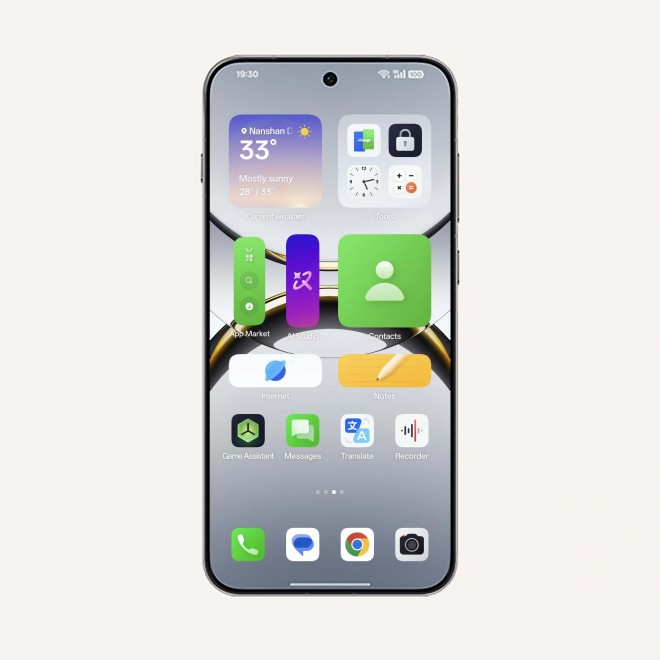
The user interface sees several updates as well. The lock screen now supports motion photos and video wallpapers, while a wider selection of fonts and a full-screen Always On Display (AOD) add personalization options. The Flux Home Screen feature lets users dynamically resize apps and folders into different shapes — wide, tall, or large — with the surrounding layout automatically adapting for balance.
Oppo’s Live Alerts feature has also been expanded to support more apps, offering glanceable information and notifications around the selfie camera cutout.
On the AI front, ColorOS 16 enhances its photo editing suite with tools like AI Eraser, AI Unblur, and AI Reflection Remover, alongside the new AI Portrait Glow, which intelligently adjusts lighting and skin tones for improved low-light portraits.
Connectivity and ecosystem features are upgraded through O+ Connect, which now delivers smoother cross-device experiences with improved notification syncing, file transfers, and device management across Windows and Mac platforms.
ColorOS 16 marks Oppo’s most significant software update since the introduction of its unified global interface and will serve as the foundation for upcoming Oppo and OnePlus devices.

